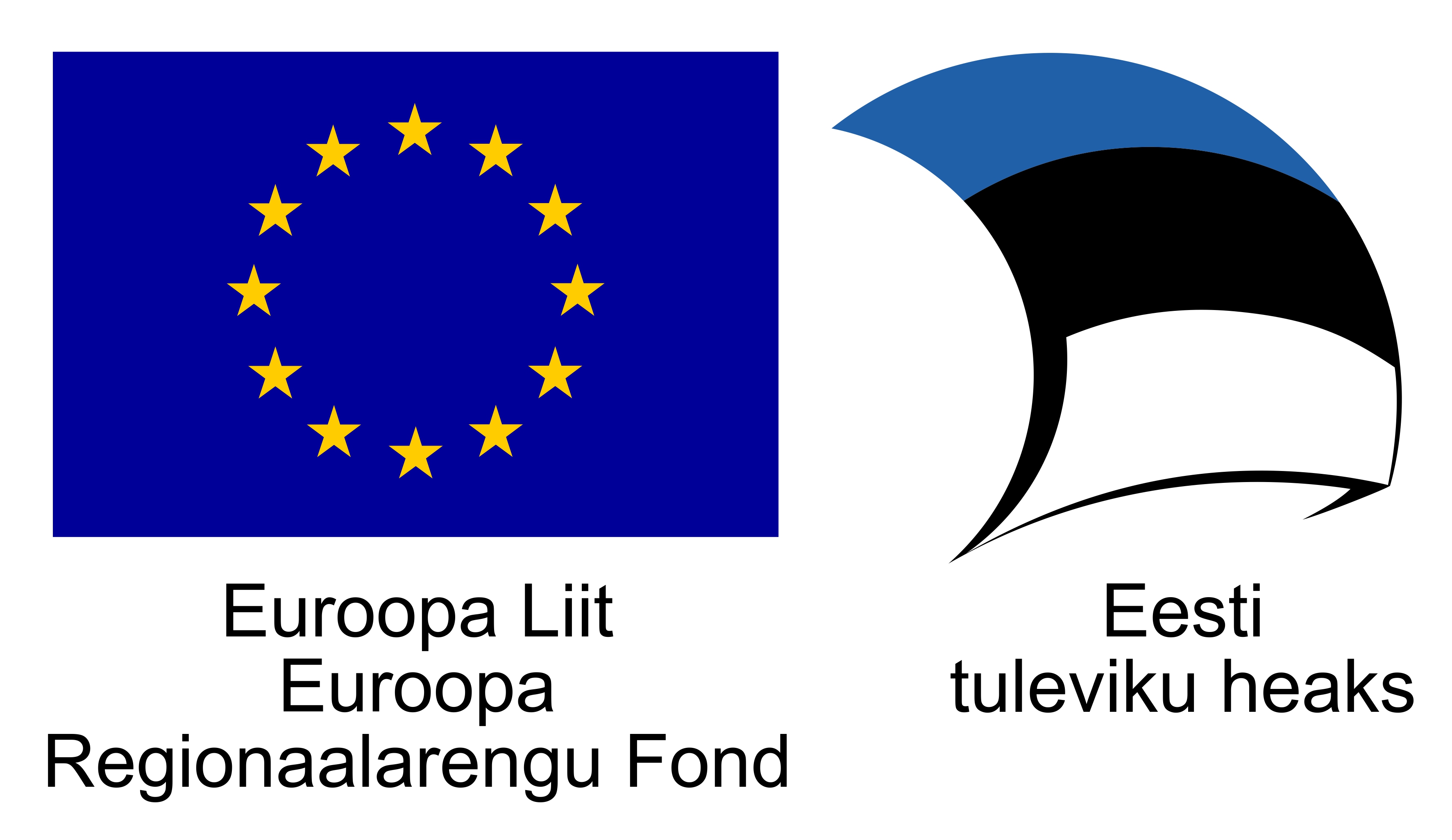A Q&A session with Joanna Cymkiewicz, Founder of Design Joanna Cymkiewicz

We are very fortunate to be joined today by Joanna Cymkiewicz, Founder of Design Joanna Cymkiewicz and co-founder of Mewiarnia Studio.
Today we are talking with the amazing Joanna Cymkiewicz – product designer, thinker and mentor. Joanna is a founder of Design Joanna Cymkiewicz and a co-founder of Mewiarnia Studio. She writes and publishes design-related content and runs a Facebook fan page uixypl. Also Joanna is a mentor, both in programs such as Dare IT and as an individual. She has been creating solutions for a wide variety of target groups and market domains. Regardless of the methods and processes she is in, Joanna performs activities based on three steps — analyzing to understand, synthesizing to develop strategy, and delivering a solution.

In her interview with Sharewell Joanna shares the story of founding her own Design agency, gives tips for designers that are just starting their career and explains how she creates a great user experience.
Hello and welcome Joanna!
In which team do you work?
Currently, I work as an independent contractor, which means I usually work alone or join the existing team of designers. After many years of working in a wide variety of companies as a regular employee, I decided to start my Design agency. That gave me much more flexibility and a chance to work closely with startups and NGOs. Nevertheless, each context brings new, interesting challenges.
What is your role in the team?
I’m a Product Designer and a mentor for less experienced designers. I focus both on solutions and the people that create them. I share my know-how to let others grow. Let’s face it – as designers, we are responsible for the “here and now” and we have the power, knowledge, and tools to shape the future by building solutions for our society.
What is your working environment like?
Depends on the context. Working in mid/large-size companies gave me a well-structured setup. Teams of bigger size, divided by role. I experienced working with teams combined with UX Researchers, UX Designer, UI Designers, Business Analysts, and Architects – and I need to admit, that having so many skilled people on board, makes the process much more pleasant, not necessarily easier 😉
Working with startups, on the other hand, is completely different. Teams are much smaller, and roles are more condensed. In many cases, you act as a one-man army.
How did your adventure with UX begin?
It’s a long story… 😉 I started in 2002, working as a web designer/webmaster. My path from the very beginning was related to design on many different levels. Working with the web gave me valuable experience in understanding the magic of lay outing, working with grids, breakpoints, and interface behavior. That is a strong base for each type of digital design, from the web to mobile and smart TV solutions. Working across different market domains, companies, projects, and teams, I expanded my knowledge and experience by working with and for end-users in a wide spectrum of contexts and needs.
What has been your greatest success?
I can’t say it’s only one thing. I think that when you gain experience in so many projects, you see not only success related to the solution you worked on, but all the things related to the process, business relations, team relations, your work-life balance, etc. So I think my greatest success is that I still love to design – to create new solutions. But it wasn’t always an easy path. As designers, we face a lot of challenges, we need to constantly learn and be up to date.
What project do you remember from which you had big learning?
I think that the most exciting thing in our domain is the ability to create solutions that have a real impact on people’s lives. I had a huge pleasure to be part of this impact, by working in the e-health domain for elderly users (target group 60+ y.). That experience gave me a chance to change my thinking about the user interface. It changed my perception and led me to the conclusion that good design should be inclusive and accessible.
How do you create a great user experience?
I have a belief that the most important thing to do before you start any design, is to deeply understand what you are designing, why you’re doing this, for whom and for what purpose. But our understanding of the topic is nothing without understanding the user’s perspective. As designers we have a ground understanding of the technology – our users don’t. We need to learn how to speak with them to have a common understanding of their needs.
What methods do you use to get the user’s perspective and why?
I’d say “it depends”, as always context is the key. We have a lot of tools we can use in different steps of our design process. But regardless of the type of project I’m working on, I always follow 3 steps: analyzing to understand, synthesizing to develop strategy, and delivering the solution. And it always works.
The best way to gain user experience is the ability to talk with them, and at best to see how they’re dealing with their challenges. Without this understanding, we won’t be able to create any good experiences.
How do you most enjoy solving project problems?
I see a significant value in experimenting. Trying to find the best possible solution taking into account needs and the context of use. I like to work with people, see other perspectives and test different approaches.
What is your single best piece of advice for a new designer?
Experiment and don’t be afraid to make mistakes, that’s the best lesson we can get. Be conscious and responsible, for what you create – you’re shaping the future.


